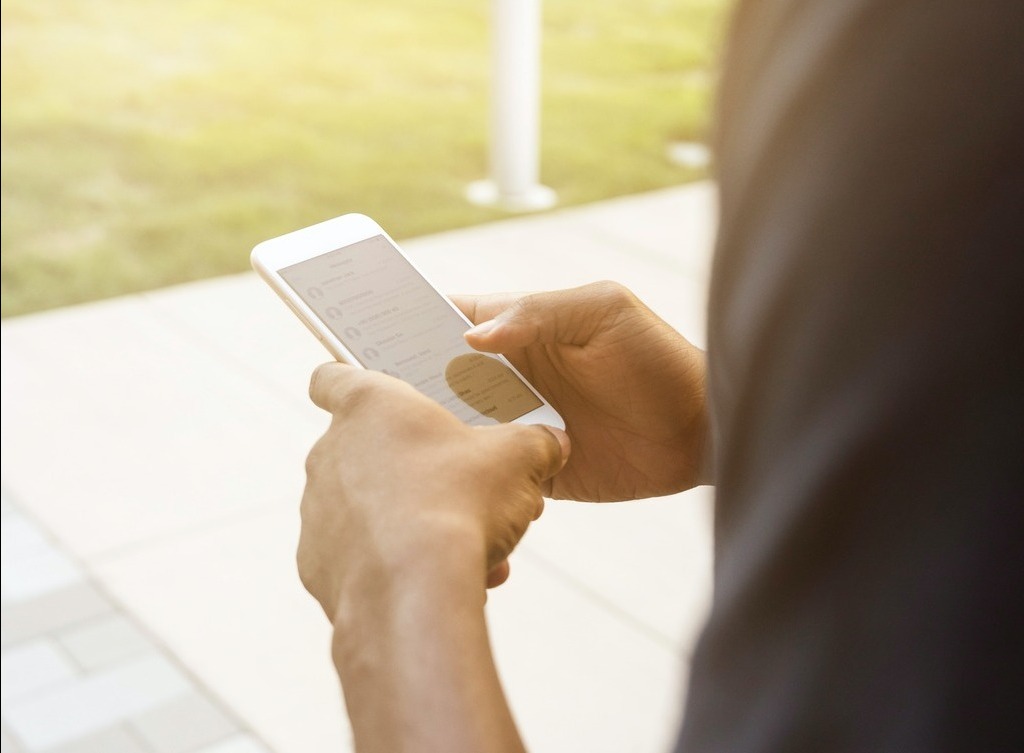A couple decades ago, it was entirely normal to pay your wireless carrier per text message sent or received. Strange but true — texting was a pay-as-you-go feature.
Today, most wireless plans include unlimited texting and calling.
But monthly data caps are still commonplace. And even if you’ve got an “unlimited” data plan, your carrier will probably throttle your speed once you hit a certain data allowance threshold (often as low as 25 GB of data a month).
When a single Netflix movie can clock in at 4GB — and you’re constantly watching video content on TikTok, Instagram, and YouTube — you can blow past your monthly data allotment before you know it.
Battle back against extra data consumption — practice the following steps to preserve your monthly data plan and use less mobile data.
Audit your apps
As a first step in slashing your phone’s cellular data usage, identify what the worst offenders are.
There’s an easy way to find out which apps are using the most data. To see a list of cellular data consumption by app on iOS, navigate to Settings > Cellular. On an Android device, go to Settings > Network and Internet.
The results may surprise you. For example, you might be consuming way more data on web pages than you realize.
You can use this data usage list to restrict which individual apps have access to your cellular connection. Or you can just uninstall the specific apps that are the biggest data hogs.
Limit secret data-gathering
The apps on your phone constantly send 1s and 0s behind the scenes. On a mobile network, it can really add up.
Still, you can fight back. Take these steps to limit your phone’s “hidden” data use — and maybe gain some battery life in the process.
Block web trackers.
Trackers are tiny pieces of code injected into websites to monitor your browsing habits. You can stamp them out — either with your web browser’s built-in tracker blocking or a third-party blocker like Privacy Badger, Blur, Ghostery, or Disconnect.
Limit in-app data collection.
Many apps collect your personal information without your express consent. And they’ll do so constantly, e.g., to track your physical location throughout the day.
Free apps are often some of the worst offenders — so it’s best to only keep trusted apps on your phone that you know you’re going to use. And among the apps that you keep, consider looking into how they handle privacy. If their privacy policy isn’t easy to understand, you’re probably giving your data away.
Switch off background app refresh.
Background app refresh lets apps download content when they aren’t in use. That way, your apps are always up to date when you open them. But because this feature can consume lots of background data, consider turning it off in your phone’s settings app. iOS and Android
Turn off cloud sync
Many apps, like Dropbox and OneDrive, sync automatically with cloud servers. While this feature does keep all of your files up to date both locally and on the cloud, it can chew through your mobile data plan.
You can turn automatic syncing off to keep large files from uploading in the background on your cellular network. Instead, sync manually when you’re on a Wi-Fi connection — or set only certain folders to sync automatically.
Google Photos calls cloud sync “backup and sync.” And as this Google forum thread shows, it can be tricky to figure out how to turn it off.
Spend some time in your app’s settings to see if there is an option to turn off automatic uploads. (In Google Photos, look for “Mobile Data Backup.”)
Turn off autoplay, automatic app updates, and automatic downloads
In trying to conserve your mobile data usage, limiting automatic uploads is just one piece of the puzzle. Lots of data can also be downloaded onto your mobile device without your knowing it.
Some of the worst culprits are apps that autoplay videos as you scroll. A single video might only be a few megabytes in size, but an hour of scrolling on the YouTube app or social media apps can consume a huge amount of data.
Turning off autoplay won’t just use less of your cellular data but can also make your apps more responsive. Many apps will autoplay on cellular and Wi-Fi by default. Change this to “autoplay on Wi-Fi” or “never autoplay.”
Automatic app downloads are another big data consumer. Your phone’s app store will try to keep your apps up to date — even on a cellular data connection, and despite the fact that a single app can clock in at more than 300MB. Like with autoplay, set app updates to “only on Wi-Fi” or manual.
Finally, there’s the downloads performed by apps such as Spotify. Downloading content is a great alternative to streaming — but it may download automatically even when you’re on cellular. You can save a large amount of data by only downloading music or videos on the Netflix app, YouTube, and Spotify when you’re on a Wi-Fi network.
Move from video to a smarter calling app
Yet another data hog is video meetings.
You can turn your video off to save some data — or, if you really want to slash your cell phone data use, replace your video meetings with audio ones.
The best of all worlds is a calling app that uses rate-adaptive technology to offer super-high-quality audio calls while using just a fraction of the precious data of a video call.
That’s what we’ve sought to build at illumy. When you call another illumy user within the illumy web app or mobile app, you’ll be using the latest and greatest audio codec, known as Opus. This state-of-the-art tech identifies your data speed and tweaks bandwidth accordingly to balance data consumption with call quality.
VoIP calls on illumy will sound great on speeds of as little as 150kbps: using only small amounts of data in the process. If you’ve got slightly higher speeds, you’ll get quality that’s even better than “HD.”
For now, illumy VoIP will only work on the illumy network. But soon we’ll introduce calling to any number (plus the ability to get your own number on illumy). So stay tuned — and in the meantime, take these steps to heart to consume less data.
Photo by LinkedIn Sales Solutions on Unsplash.


